Explained: why Rome is sinking
Italian capital has been declared the ‘sinkhole capital of Europe’
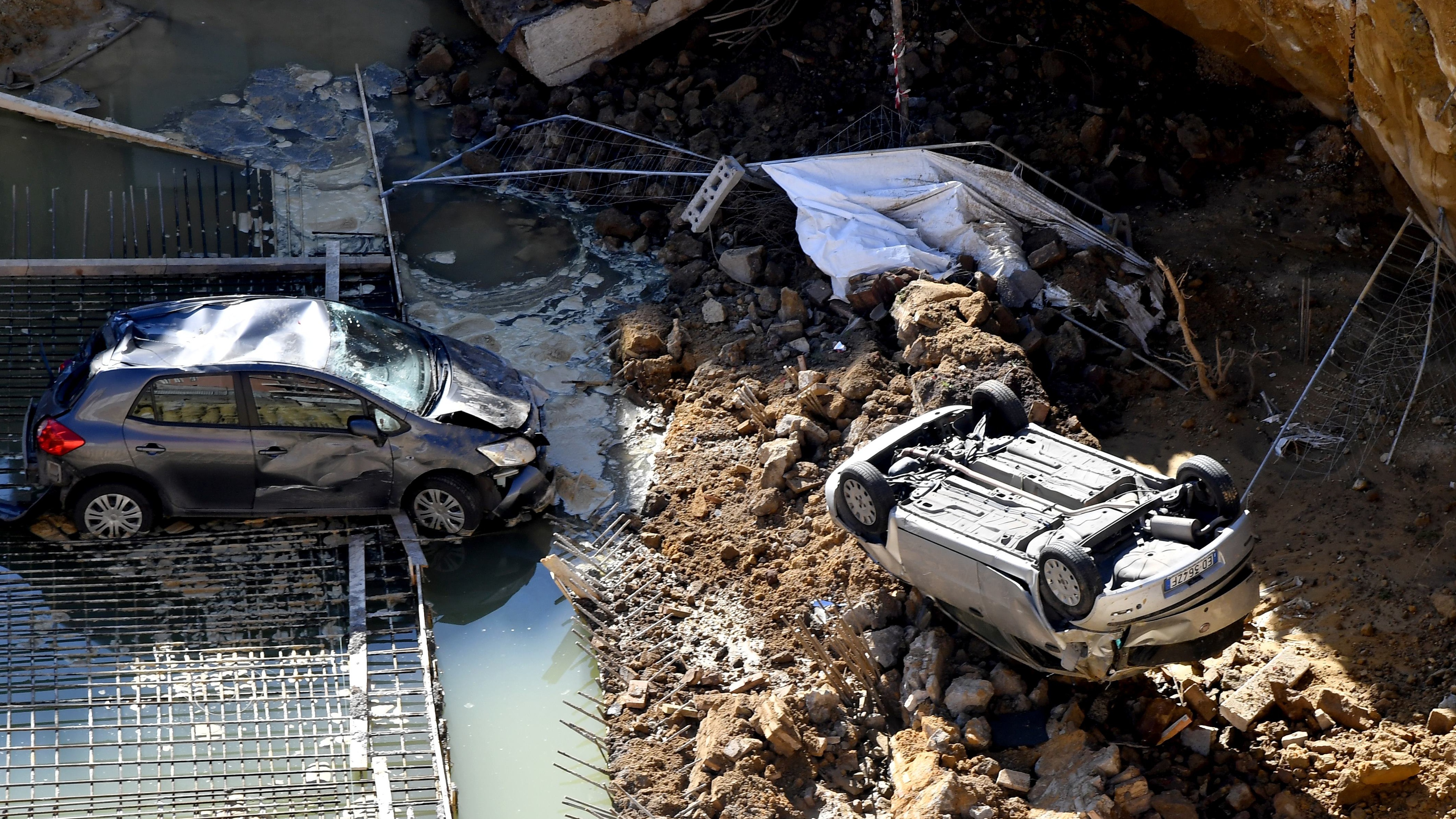
Rome has stood proud as a centre of culture for more than two millennium, but now the ancient Italian capital is facing literal collapse as a result of an increasing natural phenomenon.
In just “one of many” massive sinkholes “to blight the Italian capital in recent years”, a Mercedes SUV and a Smart car were swallowed up by a 6m-deep and 20m-long chasm in the Torpignattara district in May, as The Guardian’s Rome correspondent Angela Giuffrida reported at the time.
Another huge sinkhole close to the Colosseum forced the evacuation of a nearby building in January 2020, and just months later, a 2.5m-deep hole opened on the square in front of the Pantheon.
The Week
Escape your echo chamber. Get the facts behind the news, plus analysis from multiple perspectives.

Sign up for The Week's Free Newsletters
From our morning news briefing to a weekly Good News Newsletter, get the best of The Week delivered directly to your inbox.
From our morning news briefing to a weekly Good News Newsletter, get the best of The Week delivered directly to your inbox.
Growing threat
Called voragine in Italian, sinkholes and subsidence had occurred at a rate of about 30 a year in central Rome for most of the past century.
But since 2008, “the annual figure seems to have been consistently more than triple that figure”, said The Local.
According to the Italian Institute for Environmental Protection and Research, 175 sinkholes appeared in the city throughout 2018, with about 100 in 2019.
A free daily email with the biggest news stories of the day – and the best features from TheWeek.com
And while the increasing phenomenon has also affected other Italian cities, with some 20 sinkholes recorded in Naples in 2019, Rome is now “the sinkhole capital of Europe”, said The Times.
Roots of the problem
Part of the problem is “simply Rome’s geology”, said The Local. The city is “founded above a floodplain”, and “much of the modern city rests on soft, sandy soil that is easily eroded by water or the vibrations of thousands of cars and scooters traversing the streets daily”.
The “roots” of the issue also lie, perhaps not unexpectedly, “in antiquity”, said Kay Wallace in a blog for la Repubblica.
The modern city stands “20m above the ancient capital”, she explained, and “below it lie hidden many of the ancient city’s villas and temples, and at least one stadium, some excavated, many still to be discovered”.
And below that “lies a subsoil that was itself excavated by republican and imperial Rome to construct its sewers, cisterns and catacombs”.
Many of the sinkholes now occurring in modern Rome can be blamed on these hundreds of ancient quarries, some of which contain tunnels “wide enough to hold a Tube train”, said The Times. The ancient Romans “dug the quarries to reach the harder rock than that on the surface”, the paper continued, but the quarries are gradually being eroded by “underground water torrents as climate change brings more storms”.
Further ancient quarries and cavernous subterranean spaces are being unearthed as builders embark on on new projects. In 2016, a 350m-long quarry was discovered under the Rome neighbourhood of Monteverde “when builders digging a garage realised that there was empty space beneath their feet”.
“We were called in and lowered ourselves on a rope down a drilled shaft,” Adriano Morabito, president of underground exploration association Roma Sotterranea, told The Times. “We found we were in a cavern with 7m-high ceilings. Our torches were not powerful enough to pick out the end of the cavern.”
Morabito said that the space may have served as ancient Jewish catacombs that were obliterated when workers with dynamite began quarrying for rock in 1870.
But while he described the discovery as “one of the most exciting moments of my life”, Rome dwellers affected by the increasing spate of sinkholes may be feeling less enthusiastic about the gaping spaces beneath their city.
-
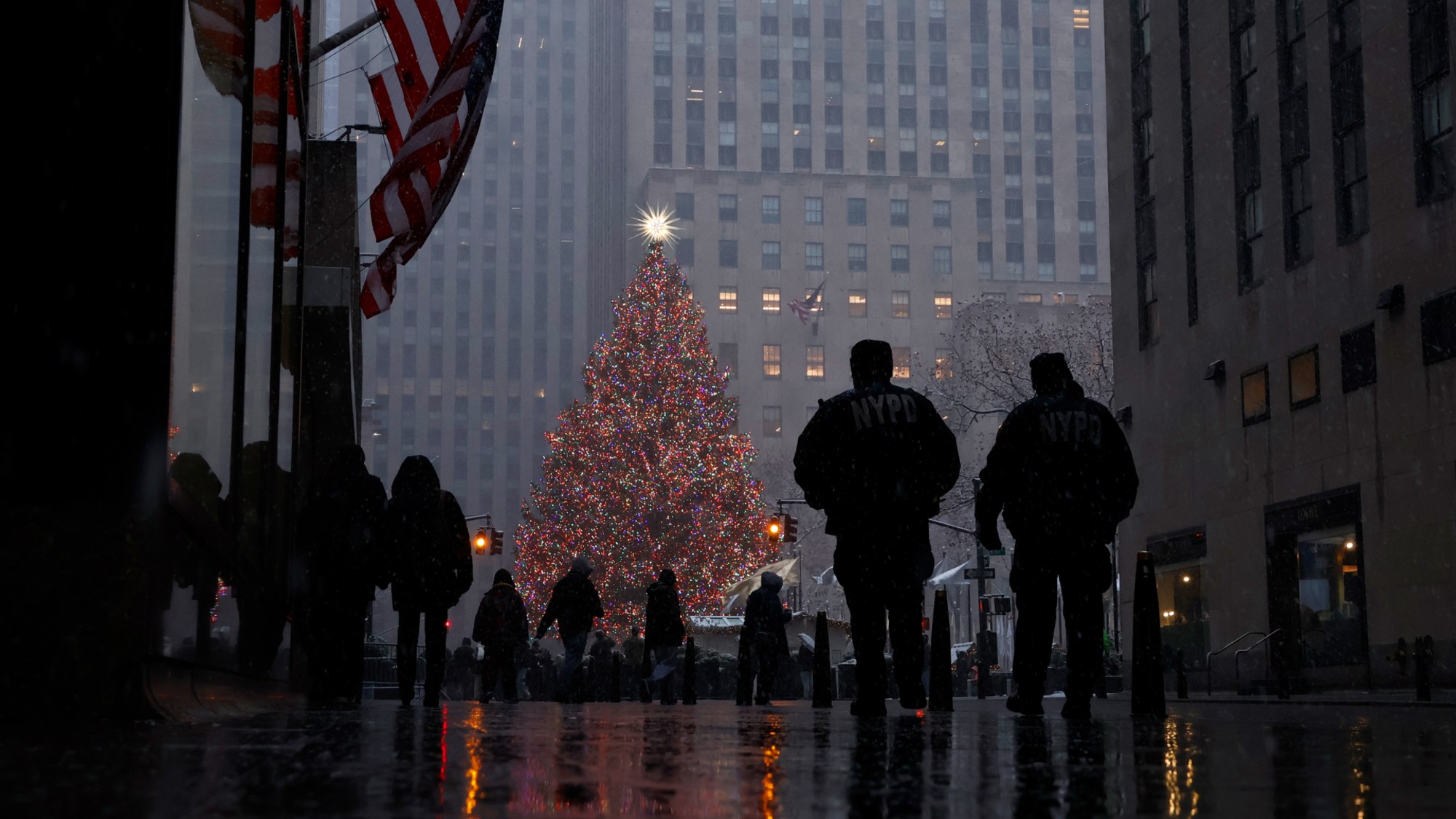 How climate change is affecting Christmas
How climate change is affecting ChristmasThe Explainer There may be a slim chance of future white Christmases
-
 The MAGA civil war takes center stage at the Turning Point USA conference
The MAGA civil war takes center stage at the Turning Point USA conferenceIN THE SPOTLIGHT ‘Americafest 2025’ was a who’s who of right-wing heavyweights eager to settle scores and lay claim to the future of MAGA
-
 The 8 best drama movies of 2025
The 8 best drama movies of 2025the week recommends Nuclear war, dictatorship and the summer of 2020 highlight the most important and memorable films of 2025
-
 How Bulgaria’s government fell amid mass protests
How Bulgaria’s government fell amid mass protestsThe Explainer The country’s prime minister resigned as part of the fallout
-
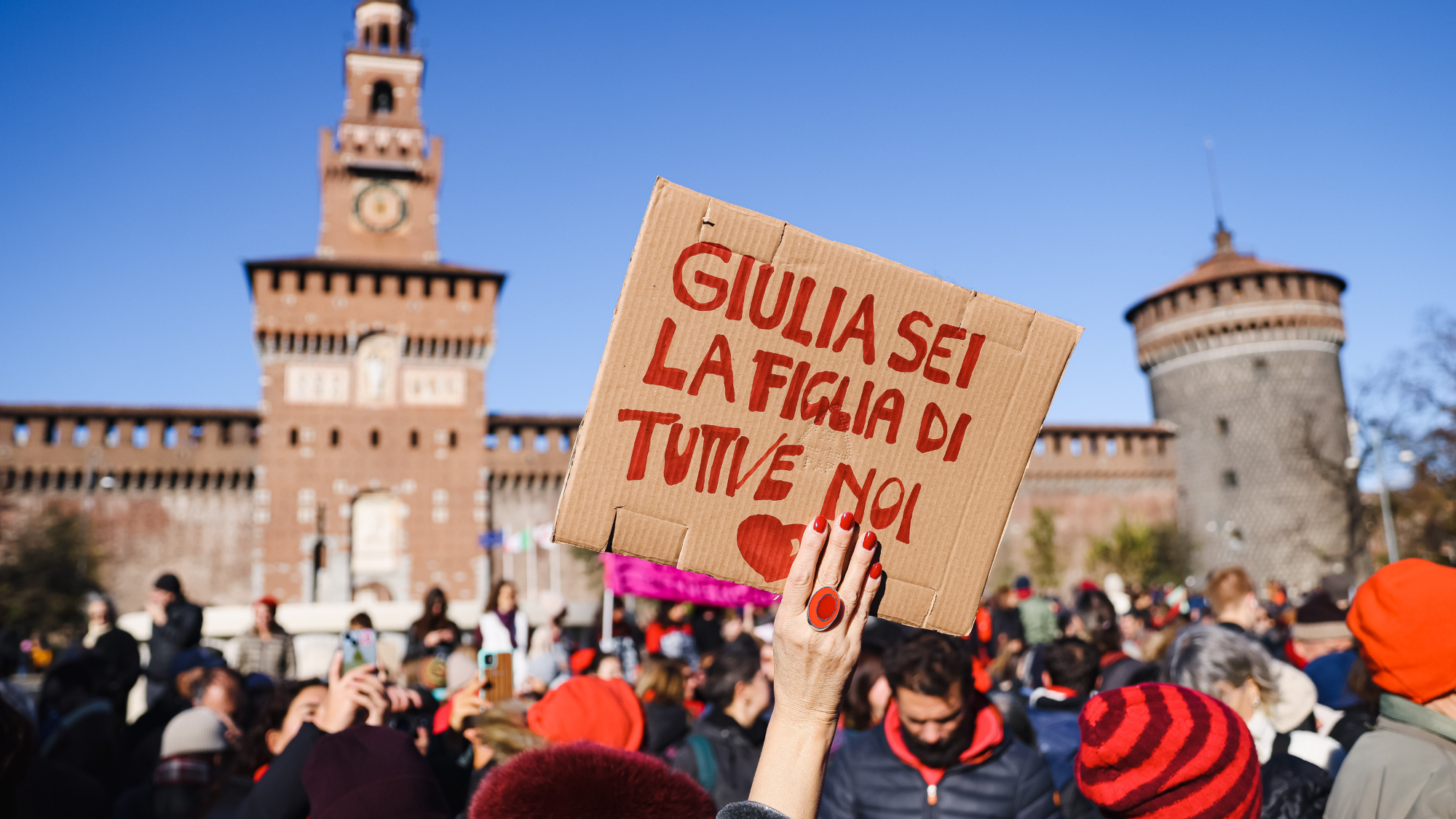 Femicide: Italy’s newest crime
Femicide: Italy’s newest crimeThe Explainer Landmark law to criminalise murder of a woman as an ‘act of hatred’ or ‘subjugation’ but critics say Italy is still deeply patriarchal
-
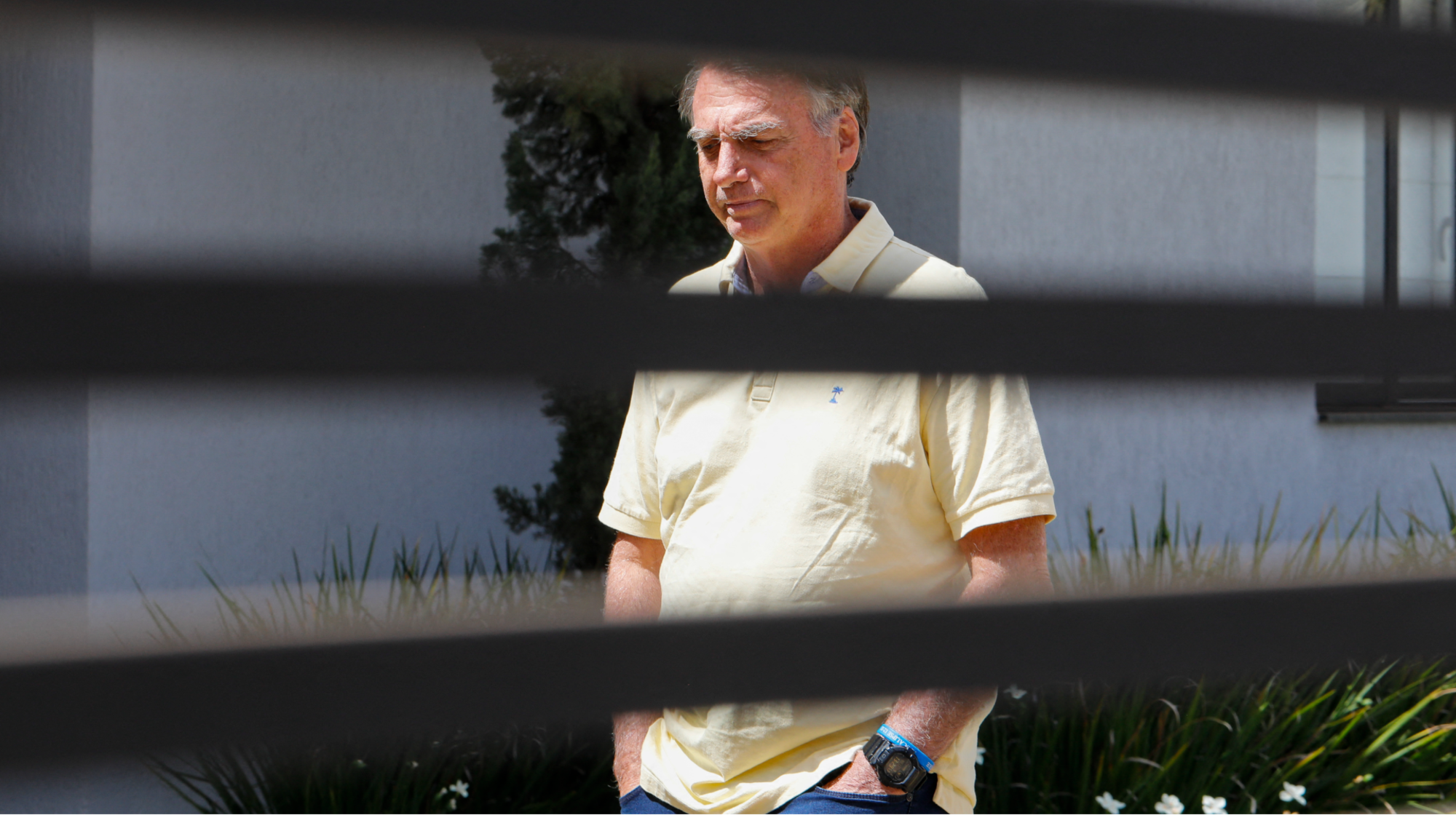 Brazil’s Bolsonaro behind bars after appeals run out
Brazil’s Bolsonaro behind bars after appeals run outSpeed Read He will serve 27 years in prison
-
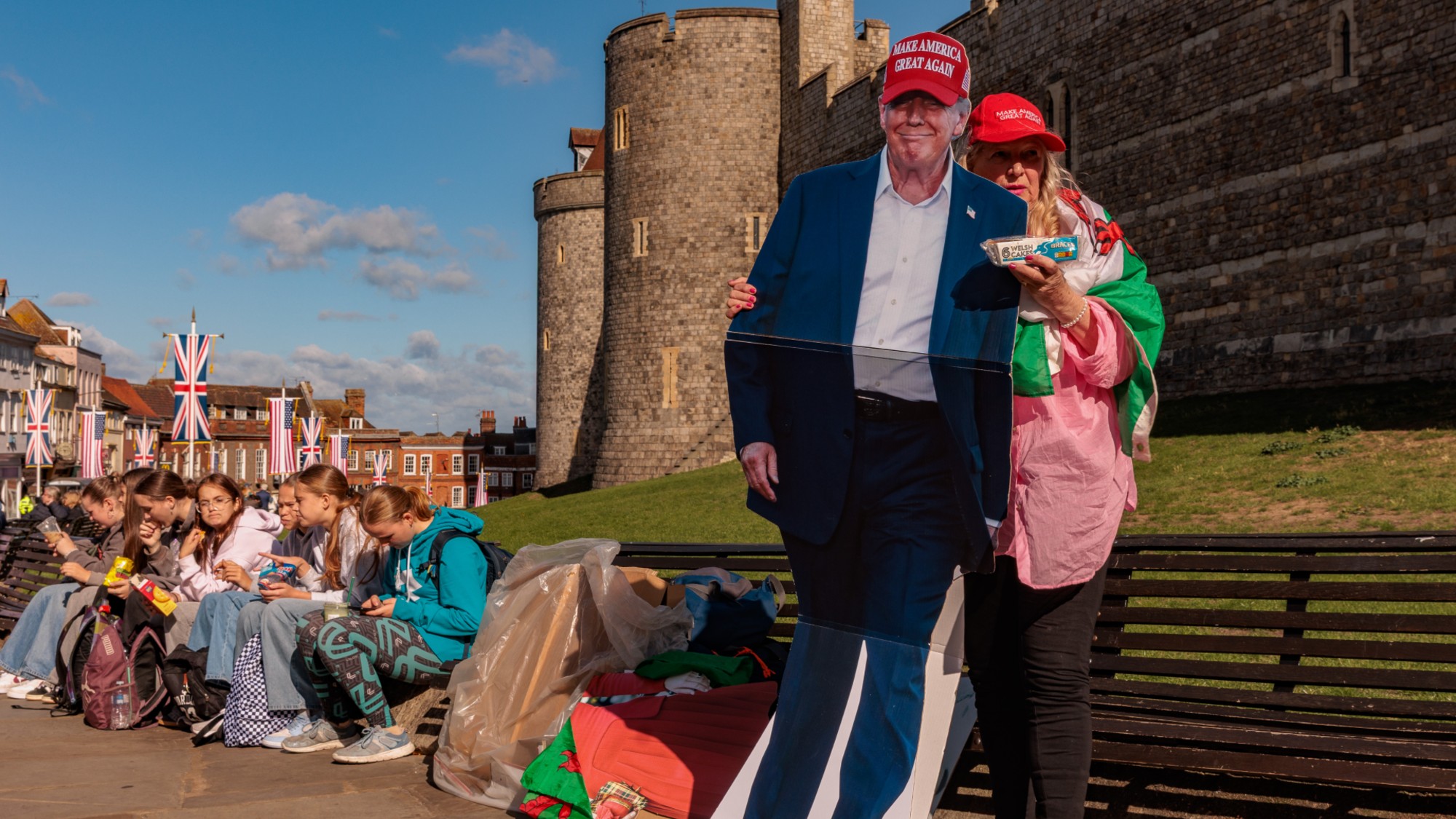 Americans traveling abroad face renewed criticism in the Trump era
Americans traveling abroad face renewed criticism in the Trump eraThe Explainer Some of Trump’s behavior has Americans being questioned
-
 Nigeria confused by Trump invasion threat
Nigeria confused by Trump invasion threatSpeed Read Trump has claimed the country is persecuting Christians
-
 Sanae Takaichi: Japan’s Iron Lady set to be the country’s first woman prime minister
Sanae Takaichi: Japan’s Iron Lady set to be the country’s first woman prime ministerIn the Spotlight Takaichi is a member of Japan’s conservative, nationalist Liberal Democratic Party
-
 Russia is ‘helping China’ prepare for an invasion of Taiwan
Russia is ‘helping China’ prepare for an invasion of TaiwanIn the Spotlight Russia is reportedly allowing China access to military training
-
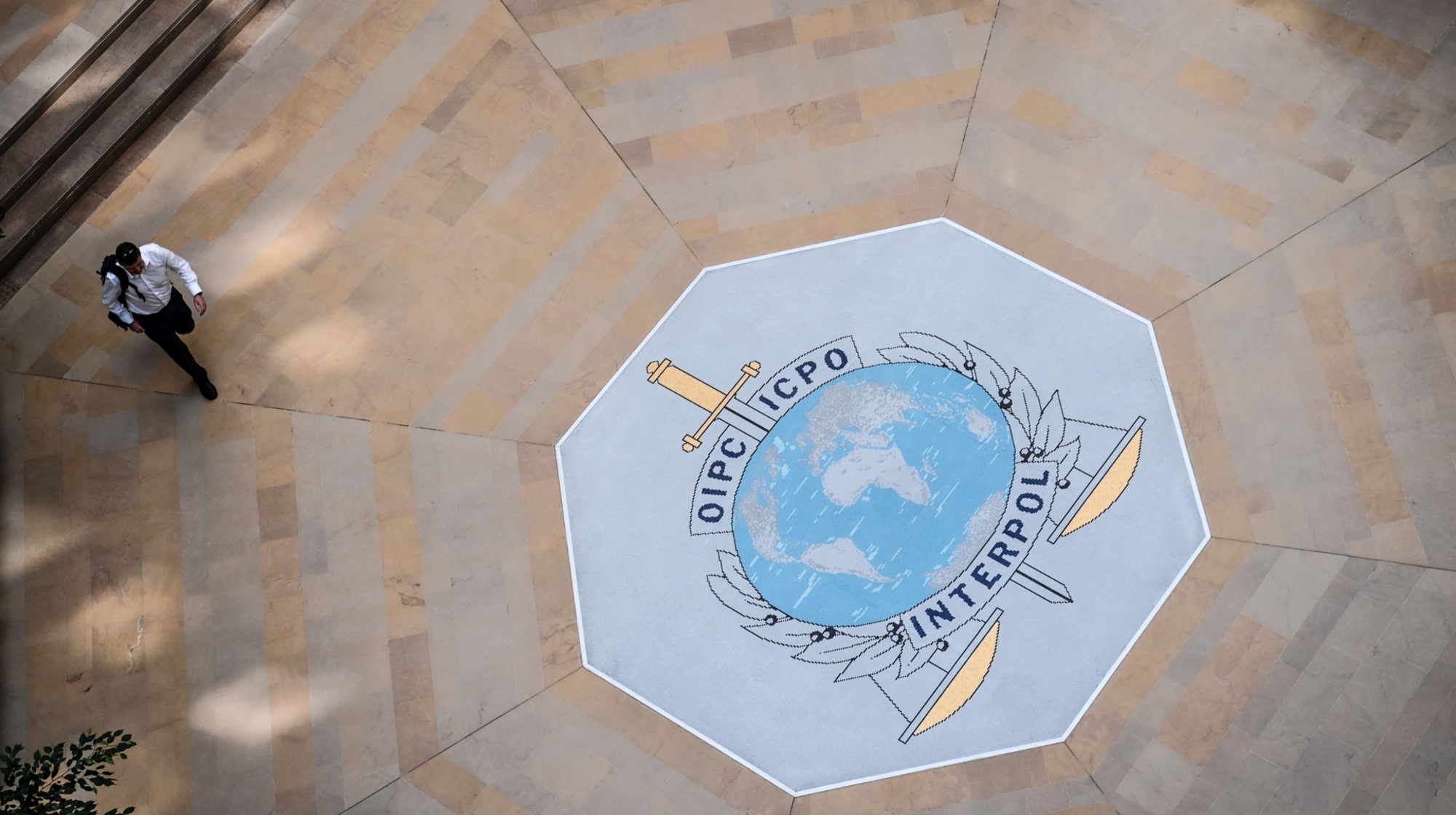 Interpol arrests hundreds in Africa-wide sextortion crackdown
Interpol arrests hundreds in Africa-wide sextortion crackdownIN THE SPOTLIGHT A series of stings disrupts major cybercrime operations as law enforcement estimates millions in losses from schemes designed to prey on lonely users